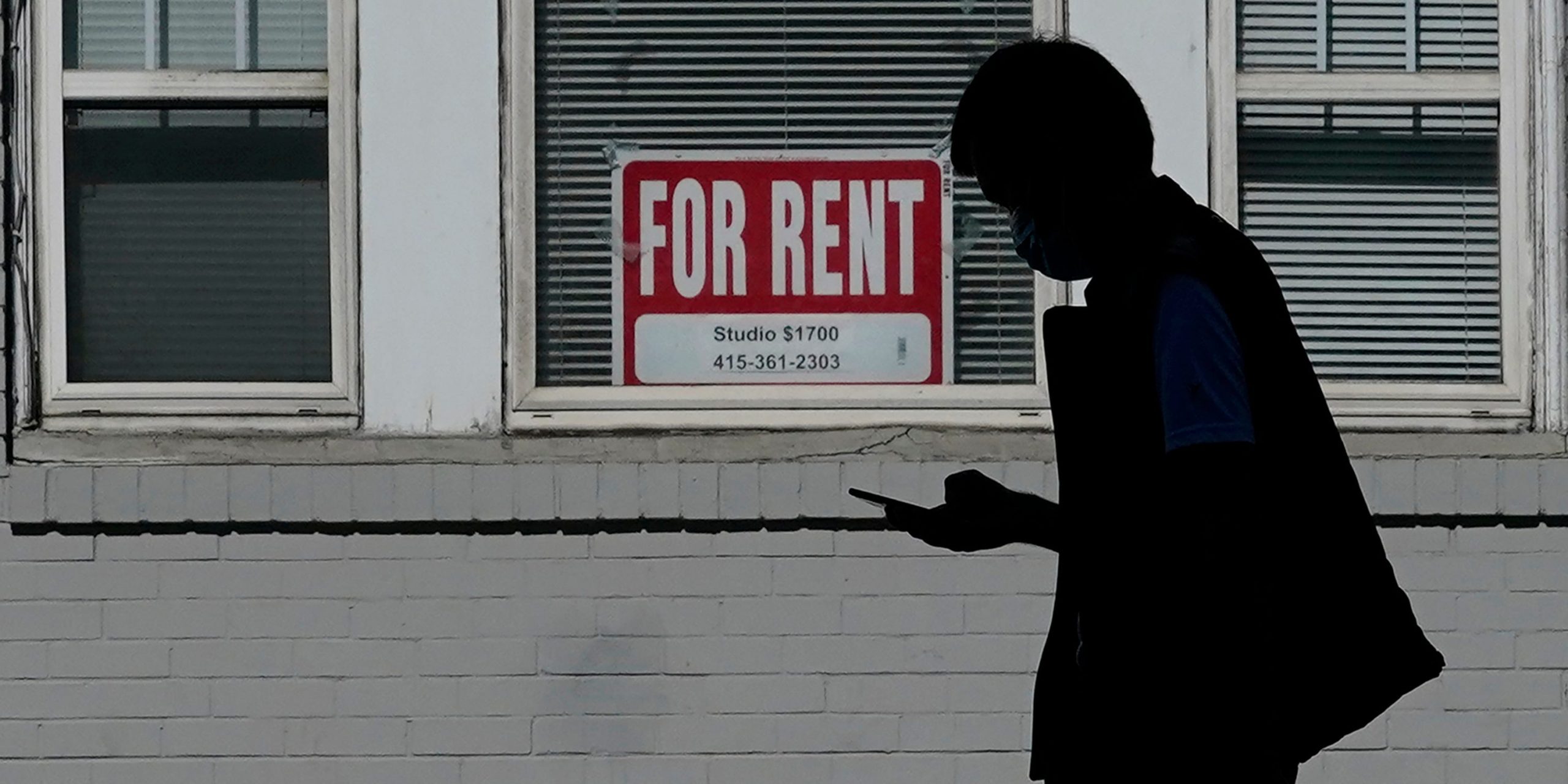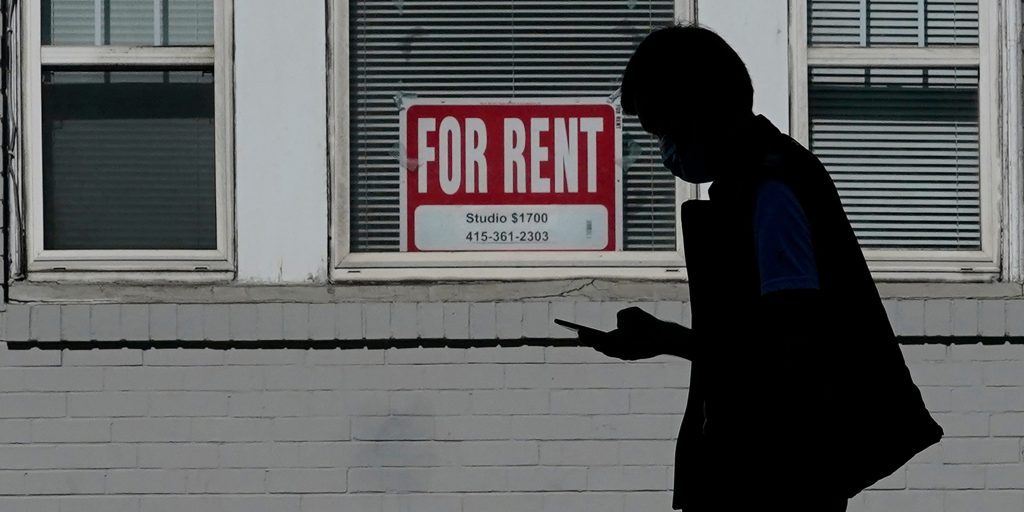
AP Photo/Jeff Chiu, File
- The ratio of unemployed workers to job openings has reached a record low of 0.7.
- But unemployment remains stubbornly high, in part because of "spatial-geographic" factors.
- The areas with the most job openings also have the most expensive rents, a Fed president said.
US job openings held at record highs of 10.4 million in September, while the number of unemployed workers also remained stubbornly high at 7.4 million, according to the latest figures from the Bureau of Labor Statistics.
Taken together, the unemployment-to-openings ratio of 0.7 means there are more positions listed than there are workers actively looking for jobs.
Like many aspects of the current economic situation, the numbers aren't uniformly distributed, with some states like California, Illinois, and New York reporting more acute labor shortages than the rest of the country.
Patrick Harker, the president and CEO of the Philadelphia Federal Reserve, called it "a spatial-geographic component to unfilled jobs," in a speech to the Economic Club of New York on Monday.
"There is evidence, in fact, that high rents may be affecting the labor market and hindering efforts to get us back to full employment," Harker said. "That's because many workers can't afford to live where jobs are."
"It's tough to ask somebody to work in a restaurant in San Francisco, for instance, when the nearest place with affordable housing may be in, say, Fresno," he continued. "Expensive metro areas are not achieving their full economic potential because millions of would-be participants simply can't afford to be there."
Roughly a third of US households are renters, and Harker pointed to research from his team that found nearly 2 million of them carry COVID-19-related rental debt of nearly $9,000 each.
Part of the reason for this debt is the emergency moratorium that prevented landlords from evicting tenants who fell behind on rents, but those debts still accrued and present a "severe burden" for unemployed or under-employed households.
Congress has offered aid to those in need, but Harkin said just three out of five households who reported needing rental assistance had applied for it.
While that accrued rent debt is less than the $11,400 that the average family of four received in stimulus checks, the vast majority (more than 75%) of families with children said they needed the stimulus funds to pay expenses or other debts.
A lack of affordable housing can have "significant negative effects" on local employment growth, researchers at the Boston Federal Reserve found in a 2010 paper, and solving that challenge could be key to addressing the current labor market woes.
"People need safe, stable, affordable housing in high-opportunity neighborhoods in order to have any upward economic mobility," Christina Stacy, a principal research associate at the Urban Institute, previously told Insider's Ben Winck. "Certainly having affordable housing near jobs will help us get there."
Besides upward mobility, the pandemic has revealed just how dependent high-wage jobs are on lower-wage ones, as the lack of food service and childcare workers increasingly demonstrates. Most of the areas facing the worst labor shortages are the ones where workers cannot afford to pay rent on minimum wage.
"Ultimately, we must all work to make sure that all Americans can build wealth and participate fully in the US economy - and housing policy is a big part of that," Harkin said.

